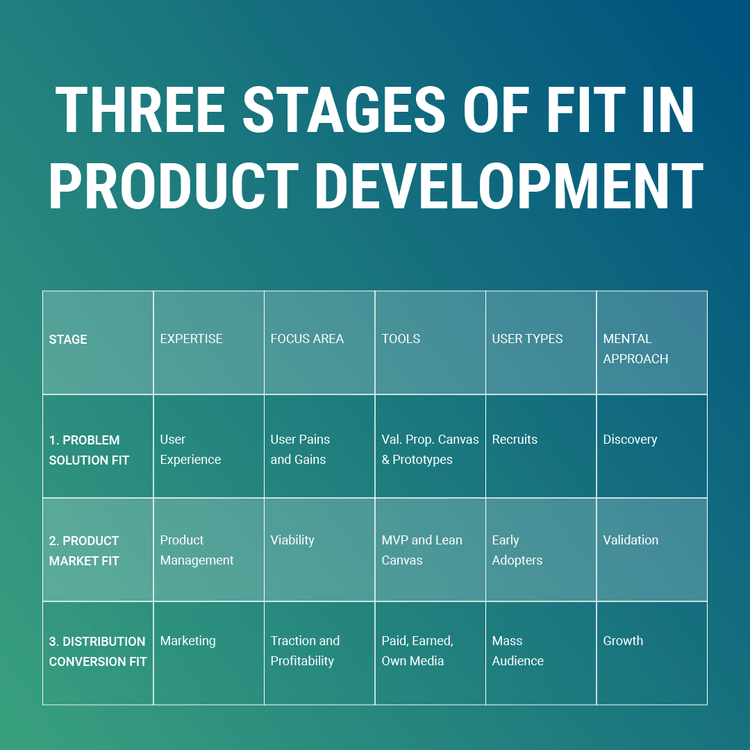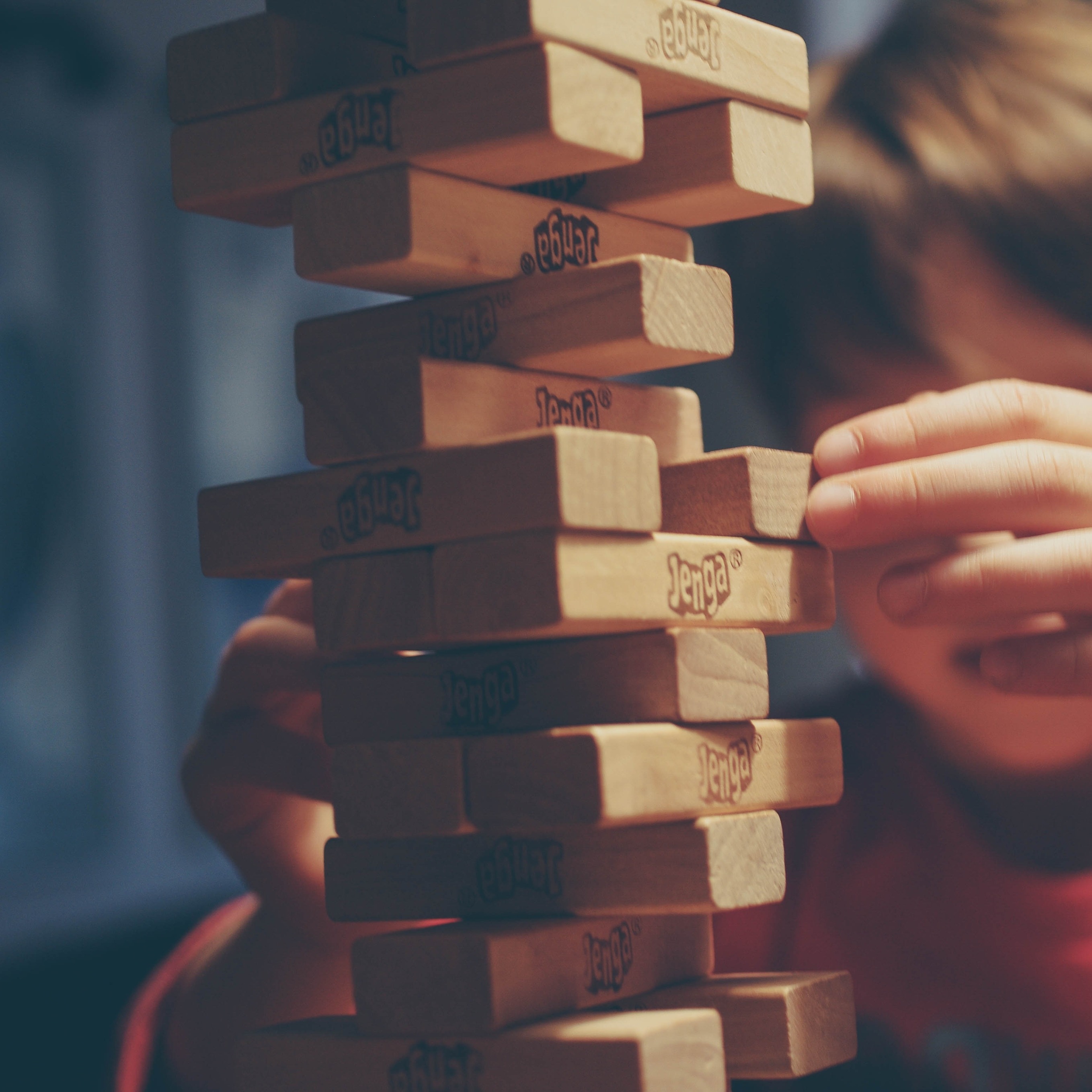Building a brand new product is not a quick adventure. It’s a long endeavour marked by late nights and uncertainty. Instagram’s billion-dollar cash out after two years was a freak event.
A realistic recruitment ad for product designers would be:
Men wanted for hazardous journey. Low wages, bitter cold, long hours of complete darkness. Safe return doubtful. Honour and recognition in event of success.
By Ernest Shackleton, Antarctic explorer in 1913
During the process of product innovation, you’ll face bitter hazards in the form of questions like:
It’s easy to lose sight of the destination when you’re tackling these kinds of questions. Young products often die because they fail to answer these questions:
- Are we solving the right customer problem?
- Are customers prepared to pay for the product?
- Are there enough customers to create a long-term business?
It was an ‘aha’ moment when I discovered the three stages of fit for product development. The map became clear, and X marked the spot. So here’s a breakdown of one of my favourite and most useful tools in product development.

Three Stages of Fit in Product Development
1. Problem suctions fit
The spirit of discovery and user experience guides the earliest stage of product development. You’re looking to understand the pains and gains of your customer. Go out into the world and recruit potential customers test with prototypes. Your goal is to validate your Value Proposition Canvas.
2. Product market fit
The shift in stage two is towards a viability mindset that fits the classic product manager. Your learning begins with creating an MVP for your early adopter customers. A validated MVP will help complete lean canvas with validated experiments.
3. Distribution conversion fit
By the final stage, you know you’ve got something. However, can it be an engine of growth and scale? Well, put on your marketing hat because we are going to test and learn in the search for customer traction and business profitability. The playground for growth is Paid, Earned, and Own Media.
Success in these three stages is all about learning. Each day should be a continuous process of testing and learning through little experiments. The types of tests will change, but the default mode of learning does not.
If you stay true to the learner archetype, you’ll solve problems of your customer and discover a viable product. Then you’ll have the chance to launch your product into the stratosphere with your growth engine. No catastrophe required.



5 growing pains of scale-ups in the digital economy - QUALITANCE
Posted at 17:08h, 15 July[…] outsourcing product development, you can either hire a software company or scout for freelancers – hoping to create a […]
How to Find a Contagious Story in Your New Product
Posted at 12:32h, 05 August[…] However, before we do that there is one condition to this approach. It would be best if you had a good product. Great marketing cannot fix a bad product. If you want to know how to build a good product, you should read this. […]